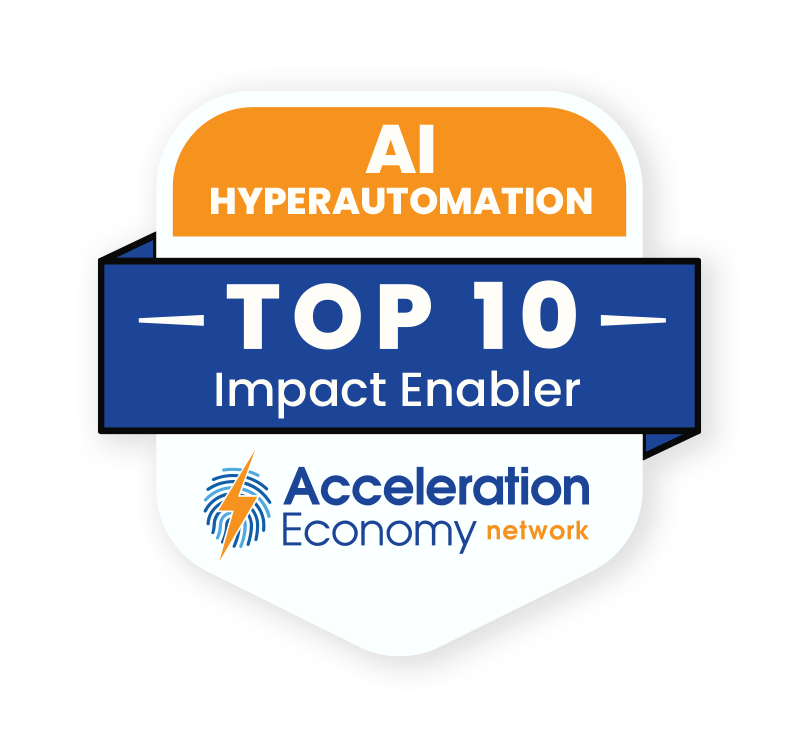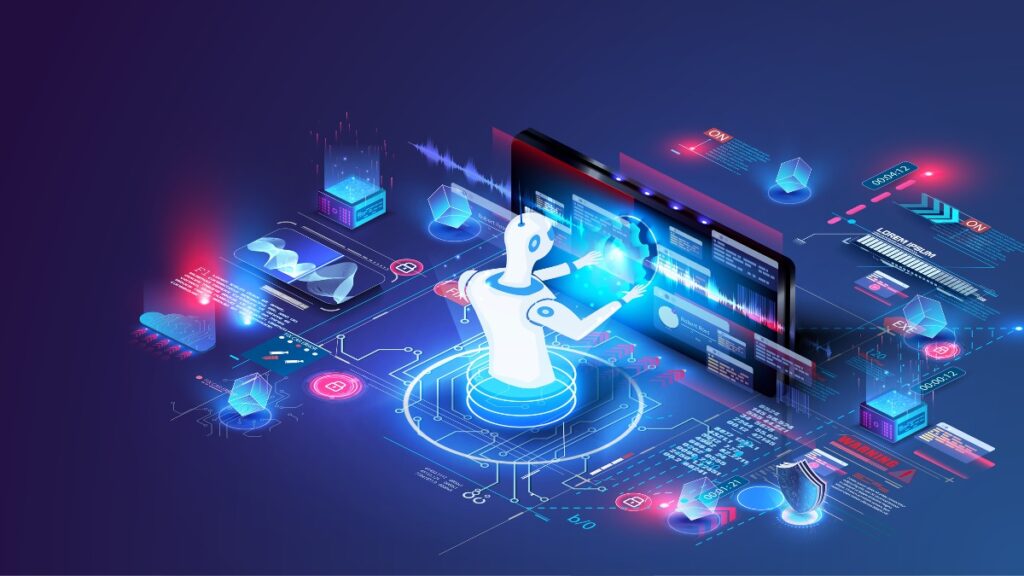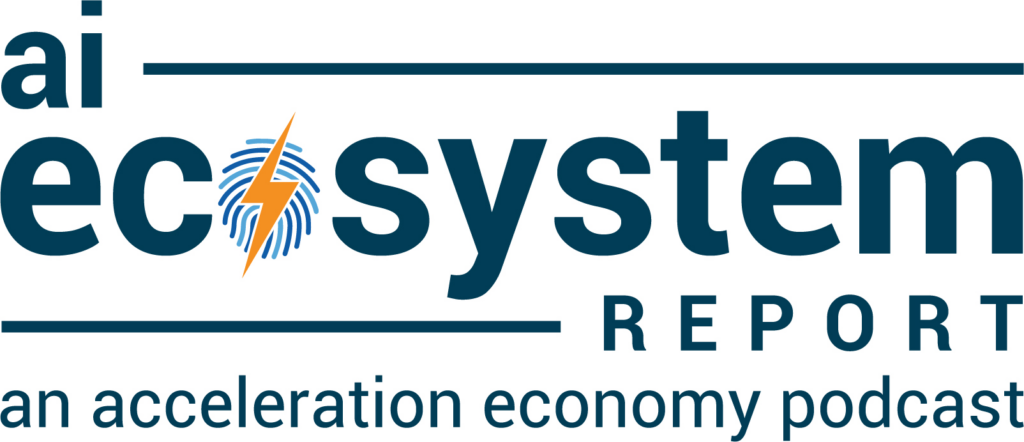For a long time, people have relied on traditional forms of automation to carry out repetitive tasks in a predetermined order with some help from a human. However, there are constraints to conventional automation. Traditional forms of automation will always involve some degree of human intervention and this will always make people feel as though they’re a part of the process.
For example, automation tools might struggle in situations that call for human insight and deliberation, such as those that are highly complex or unpredictable. It may not be able to adjust to new conditions or requirements without constant maintenance. A breakdown or incorrect output from the automation could cause the process to be slowed down or messed up.
Programming and configuring automation tools, monitoring automated processes, and fixing errors and issues that arise are all tasks that typically fall under the control of humans. To ensure it is operating properly and producing the desired results, human supervision of this type of automation is often necessary.
To hear practitioner and platform insights on how solutions such as ChatGPT will impact the future of work, customer experience, data strategy, and cybersecurity, make sure to register for your on-demand pass to Acceleration Economy’s Generative AI Digital Summit.
The Emergence of Intelligent Automation
In the modern age, automation has become more intelligent, thanks to the development of technologies such as artificial intelligence (AI) and machine learning (ML), which give birth to intelligent automation. Because it enables higher productivity, accuracy, and scalability, intelligent automation is disrupting well-established business strategies and reshaping entire industries.
This is happening for several reasons. For instance, in the financial sector, AI-powered algorithms can analyze vast quantities of financial data to spot patterns and possibilities while simultaneously reducing risk. This is particularly useful for the industry.
A significant advantage that intelligent technology possesses is its capacity to acquire new skills and adapt over time. It can expand over time, as it processes more data and overcomes an increasing number of obstacles. Because of its precision, speed, and dependability, intelligent automation is ideally suited for the completion of duties of this nature.
Although adopting sophisticated technology could offer a host of benefits to their operations, a significant number of companies continue to resist doing so.

Which companies are the most important vendors in AI and hyperautomation? Check out the Acceleration Economy AI/Hyperautomation Top 10 Shortlist.
5 Challenges of Intelligent Automation Adoption
The question that remains is why businesses are reluctant to trust intelligent automation rather than conventional automation. As a result of my experience, interactions with a wide variety of stakeholders, and direct collaboration with a variety of teams, I have compiled a list of the five primary reasons that make it challenging for organizations to make the transition to intelligent automation:
- Job Loss Concerns: Fear of employment loss is a factor keeping businesses from fully committing to intelligent technology. The widespread adoption of intelligent technology poses a potential threat to eliminating human labor in many industries and occupations. Fearing for their jobs, companies may stick to less effective and efficient methods of technology that have been around for a while but do not pose a possible threat to human labor. However, it’s worth noting that while the fear of employment loss is a valid concern, the automation of lower-level tasks through intelligent technology can ultimately lead to job creation and allow workers to focus on higher-level, more complex tasks that require human skills, such as creativity, problem-solving, and critical thinking.
- A Lack of Understanding: Many businesses are reluctant to implement intelligent automation due to an inadequate familiarity with the technology and its potential applications. Intelligent automation’s decision-making processes and the data sources it uses can be opaque to companies. Because of this misunderstanding, businesses may be hesitant to put their faith in the technology and utilize it in mission-critical ways.
- Risk of Errors: While intelligent automation can reduce the risk of errors and increase efficiency, there is still a risk of errors and biases creeping into the system. These errors and biases can come from a variety of sources, such as incomplete or inaccurate data, programming errors, limitations of machine learning algorithms, or unintentional biases in the design or development of the system. Because intelligent automation systems often rely on complex algorithms that can be difficult to interpret, errors can be harder to detect and correct within intelligent automation systems compared to traditional automation. Identifying points of error or bias within a model is another reason why human involvement with automation tools will still be necessary.
- Security Concerns: As intelligent automation systems rely on data to make decisions, companies may worry about the security of their data and the potential for breaches and cyber-attacks. This can lead to a lack of trust in the technology and a preference for traditional automation methods that do not rely as heavily on data. Although, intelligent automation can be useful for cybersecurity, such as in flagging risks and providing actionable insights.
- Lack of Transparency: Intelligent automation systems can be difficult to understand, making it difficult for companies to trust the decisions made by the system. Unlike traditional automation, which often has clear logic and rules that can be easily understood, intelligent automation can be more complex and less transparent. This can create mistrust among stakeholders who may question the validity and fairness of the decisions made by the system.
The combination of the reasons listed above can create complications for any organization to move from traditional to intelligent automation. Since most companies have been comfortable with traditional automation for many years, it’s definitely not easy for them to move and accept the change.
Strategies for Adopting Intelligent Automation
Benefitting from this newer technology requires a lot of effort to bring change within the ecosystem of your organization. I have listed down strategies that can help organizations with intelligent automation adoption:
- Start small: Organizations should take baby steps while implementing new technologies like intelligent automation. Rather than trying to automate everything at once, start it as a small pilot project. This will allow organizations to test the technology in a controlled environment and evaluate its benefits and limitations.
- Involve key stakeholders: Organizations can involve key stakeholders, such as employees, customers, and partners, in the automation process to build trust and ensure that their requirements and concerns are addressed. It is very important to involve them as they are your partners who will become your technology ambassadors.
- Monitor and measure performance: Companies can monitor and measure the performance of intelligent automation to ensure that it is producing the desired outcomes and delivering value to the organization. This will help to build trust in the technology and demonstrate its effectiveness. By gathering these stats, companies will have more visibility across departments.
- Provide training: Organizations can provide training to their employees to help them understand how intelligent automation works and how it can improve their work processes. This will reduce resistance to change and increase buy-in from employees. Training employees will eventually result in creating a Center of Excellence (CoE) team, which helps ensure that intelligent automation is implemented consistently across the organization and that best practices are followed. The CoE can also provide ongoing support to employees and identify new opportunities for automation.
- Establish governance and oversight: Companies can establish governance and oversight mechanisms to ensure that intelligent automation is used responsibly and ethically. This may include developing policies and procedures for data privacy and security, ensuring compliance with relevant regulations, and establishing an oversight committee to monitor the use of the technology. This governance model will vary for every organization. Finalizing this will make your employees trust automation as you will outline the entire scope of automation including ethics and guidelines in this governance document, which will promote transparency and accountability.
Final Thoughts
While companies may have valid concerns about trusting intelligent automation over traditional automation, it is important to recognize the potential benefits that this advanced technology can offer. By leveraging the power of artificial intelligence and machine learning, intelligent automation has the potential to significantly increase efficiency, accuracy, and adaptability in business operations.
With proper planning and investment, companies can harness the benefits of intelligent automation and gain a competitive advantage in today’s fast-paced world. If organizations use the above-mentioned strategies, applying their own goals and objectives, they will see changes and build trust in intelligent systems over time.
Looking for real-world insights into artificial intelligence and hyperautomation? Subscribe to the AI and Hyperautomation channel:









